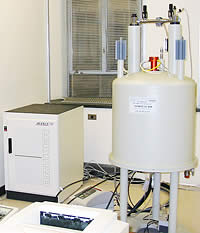Capabilities:
Our Facility is capable of performing a wide variety of NMR experiment. Some of the most common experiments are listed below by category.
Routine NMR Spectroscopy
Standard 1H, 13C, 31P, 19F, 15N, 29Si NMR experiments
Decoupling Techniques
Homonuclear Decoupling
1D Nuclear Overhauser Difference Spectroscopy
Dynamic NMR Spectroscopy
High and Low Temperature Experiments
Saturation Transfer Experiments
EXSY (EXchange SpectroscopY)
1D Multipulse Sequences
Measurement of the Spin-Lattice Relaxation Time T1
Measurement of the Spin-Spin Relaxation Time T2
13C NMR APT (Attached Proton Test)
13C DEPT- 45, 90 and135
Water Suppression by Presaturation
Water Suppression by the Jump and Return Method
Multinuclear Multidimensional NMR Spectroscopy
2D Homonuclear Correlation Experiments: COSY-Experiment and its variants, NOESY, ROESY, TOCSY.
2D Heteronuclear Correlation Experiments: HETCOR, COLOC, HMQC, HSQC, HSQC-DEPT, HMBC.
NMR Spectroscopy with Pulsed Field Gradients
Measurement of Diffusion Constant using the Pulsed Gradient Spin-Echo Experiment
WATERGATE (water suppression experiment)
Water Suppression by Excitation Sculpting
Plus all the Gradient-Selected Multidimensional Experiments like gs-COSY, gs-TOCSY, gs-NOESY, gs-HSQC, gs-HMBC, etc.
For training, please contact Roberto Gil (rgil@andrew.cmu.edu), MI Room 302, telephone: x8-4313
|


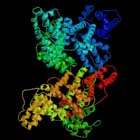
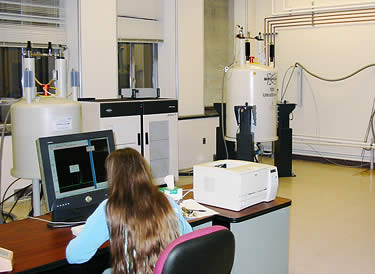
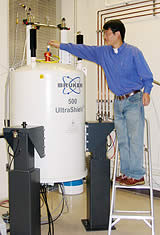 Bruker Avance™ 500
Bruker Avance™ 500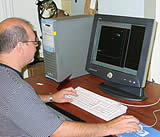 Windows XP Workstation:
Windows XP Workstation: 